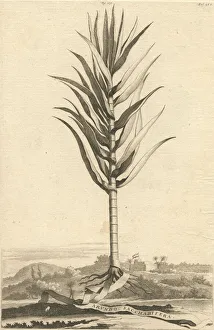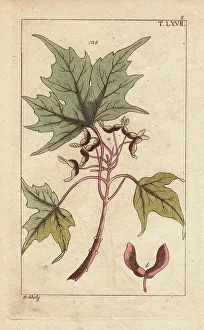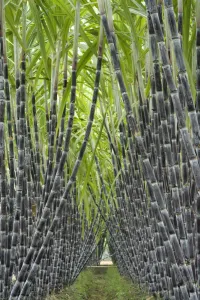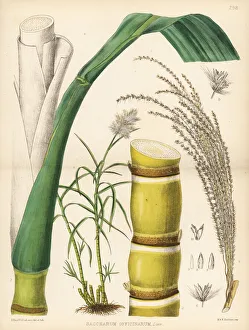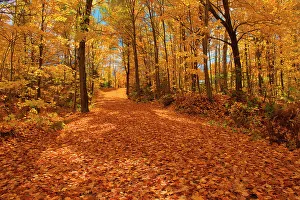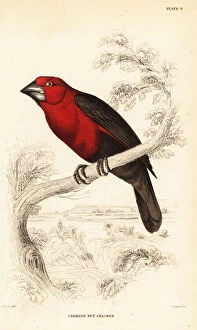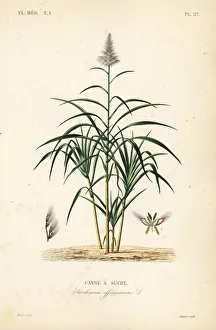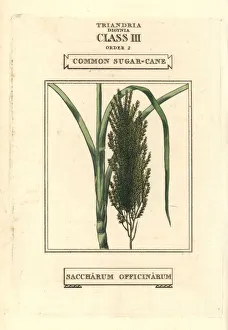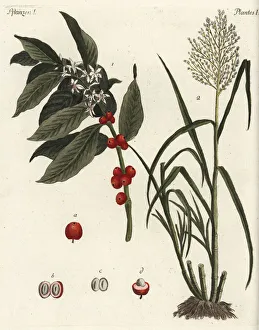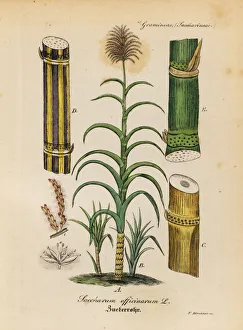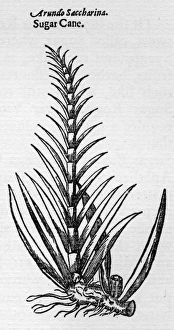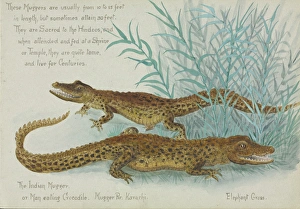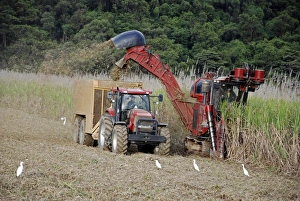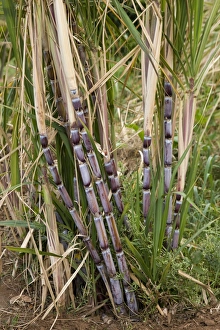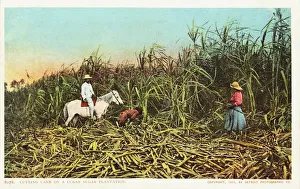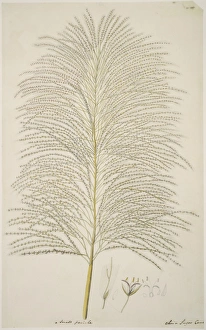Saccharum Collection
Saccharum officinarum, commonly known as sugar cane, is a fascinating plant cultivated for its sucrose-rich stems
All Professionally Made to Order for Quick Shipping
Saccharum officinarum, commonly known as sugar cane, is a fascinating plant cultivated for its sucrose-rich stems. With origins dating back centuries, this versatile crop has played a significant role in the global economy and culinary traditions. One can find the majestic black sugar cane (Saccharum officinarum) thriving in various regions worldwide. Its succulent stalks are carefully harvested and crushed to extract the precious sucrose that sweetens our lives. In Canada's picturesque Fairbank Provincial Park, nature paints a vibrant scene as sugar maple tree leaves blanket the road during autumn. This breathtaking sight reminds us of the diverse beauty found in our natural surroundings. The crimson seedcracker bird species (Pyrenestes sanguineus sanguineus) finds solace amidst fields officinarum. These feathered creatures add charm to their habitat while enjoying the nourishment provided by this remarkable plant. From planting to harvesting, there are four distinct stages observed in cultivating sugar cane (Saccharum officinarum). Each phase represents dedication and hard work put forth by farmers who ensure we have an ample supply of this essential ingredient. Sugarcane (Saccharum officinarum) continues to be a vital component of many cultures around the world. Its versatility extends beyond sweetness; it serves as raw material for biofuels and other industrial applications too. Coffee lovers may find delight in knowing that coffee plants often share their space with sugar cane plants. These two crops coexist harmoniously, providing us with beloved beverages enjoyed globally. Cane sugar derived from Saccharum officinarium holds an irreplaceable place on our tables and palates alike. Its unique flavor profiles enhance countless dishes and drinks across various cuisines worldwide. Let's not forget to appreciate Saccharum Officinarium itself - this botanical marvel offers so much more than just sweetness. It symbolizes resilience, sustainability, and the interconnectedness of our natural world.

